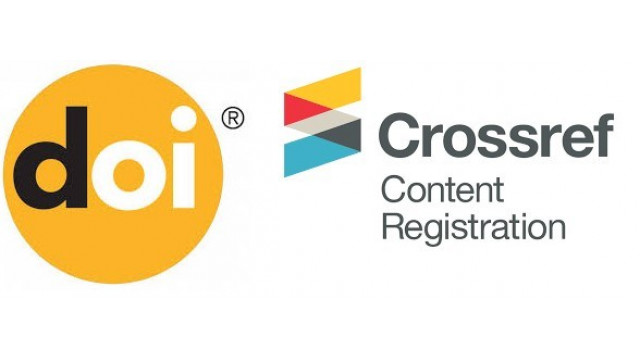Employ the Algorithm Invasive Weed Optimization for Bandwidth Selection in the Multivariate Nadaraya-Watson Estimator
DOI:
https://doi.org/10.55562/jrucs.v56i1.10Keywords:
kernel estimator, smoothing matrix, Multivariate Nadaraya-Watson estimator, invasive weed optimization algorithm.Abstract
The topic of regression analysis is receiving increasing and clear attention in most studies, especially economic and medical ones. The nonparametric regression model in general and the multiple nonparametric regression model in particular is one of the most important and prominent regression models used in recent years, which have witnessed great expansion, especially in the economic and environmental aspects. The Multivariate Nadaraya-Watson estimator is one of the most important estimators used in the multiple nonparametric regression model. In estimating the multiple nonparametric regression model, this estimator, in turn, relies on a matrix of parameters called smoothing parameters, the estimation of which is of great importance in achieving good fit of the estimated curve in the multiple nonparametric regression model. In this research, it was proposed to employ an algorithm inspired by nature, represented by the invasive weed optimization algorithm, in the process of estimating the smoothing parameter matrix (Bandwidth matrix) in the Ndaria-Watson multiple estimator. The Monte Carlo simulation method was also used to generate data following a number of multiple nonparametric regression models. The simulation results showed the superiority of the proposed method compared to other estimation methods, using the mean square error as a standard for comparison.






